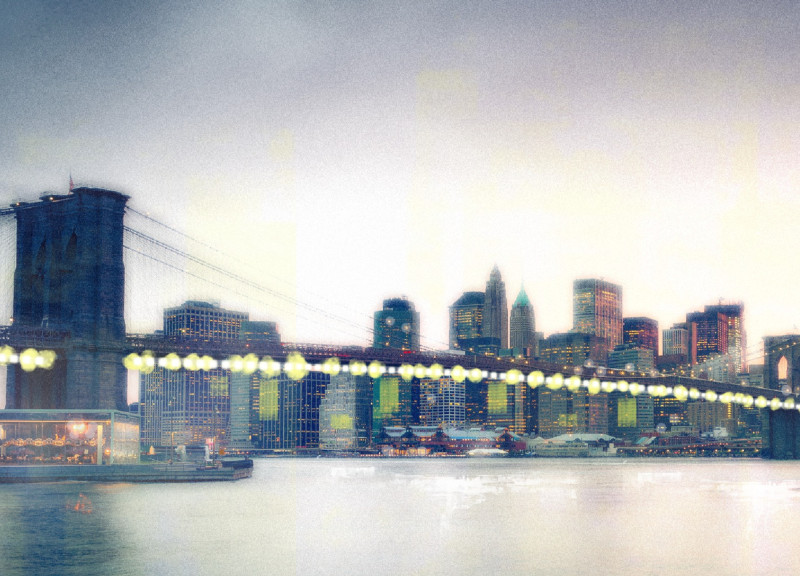5 key facts about this project
The design is set in New York City, where bridges provide a unique opportunity to create new living spaces. The focus is on finding ways to use limited urban resources, addressing the need for affordable housing. By repurposing underused areas around these bridges, the project aims to develop community-focused homes. The guiding idea is based on the concept of "Khôra," which envisions a living environment that fosters connections among residents while reflecting the character of the city.
Integration with Urban Infrastructure
This approach uses the existing city structure to offer additional housing options. By looking at bridges as potential residential areas, the design seeks to tackle the ongoing housing shortage. The spaces under and around these bridges are often overlooked, but this plan aims to highlight them, adding to the city's visual landscape. The design creates a working relationship between the living spaces and their surroundings, enhancing the urban experience.
Modularity and Flexibility
Central to the design is the use of modular units that can be arranged in different ways. These tailored containers serve as adaptable living spaces, suitable for families or individuals. The flexibility of the design allows for a range of apartment types, including one to three-bedroom units. This variety caters to different household needs and promotes diverse community living. Each unit can stand alone but is also part of a larger connected environment.
Community and Connectivity
Connectivity is a major focus, with internal walkways that link the various residential units. This pathway encourages residents to interact, helping to build a sense of community within the development. The design recognizes that homes are more than mere shelter; they are part of a social fabric. By encouraging engagement, the layout fosters relationships and interaction among residents, making the living experience richer and more supportive.
Environmental Context and Responsiveness
Attention to environmental issues is present in the design. By elevating living spaces above potential flood zones, safety concerns are addressed. This design choice also allows residents to enjoy wider views of the Hudson and East Rivers, enhancing their overall living experience. The project aims to balance practical needs with ecological awareness, ensuring a thoughtful approach to urban living.
The project results in unique living clusters that relate to the surrounding bridges. Each cluster forms a community that combines individual spaces with communal areas. This design offers more than just housing; it enhances urban life, providing residents with both shelter and a connection to the city's life.


























